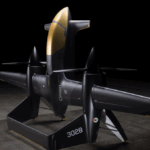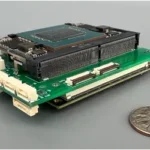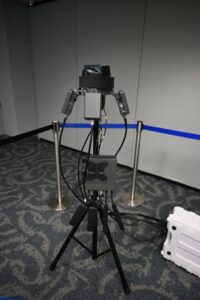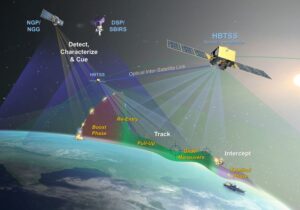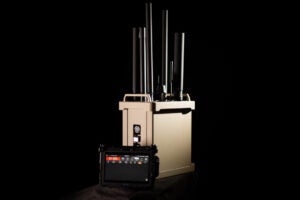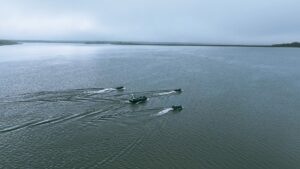
Autonomous surface vessel developer Saronic on Monday said two of its three models of unmanned marine craft successfully participated in the latest Navy experimentation exercise, including the company’s newest boat, the 14-foot Cutlass, which was integrated with a loitering munition and a third-party command-and-control (C2) platform. Saronic’s participation in Integrated Battle Problem (IBP) 24.1 included one Cutlass autonomous surface vessel (ASV) and five six-foot Spyglass ASVs, which are all designed with a modular open systems architecture and were tied into…

 By
By 
